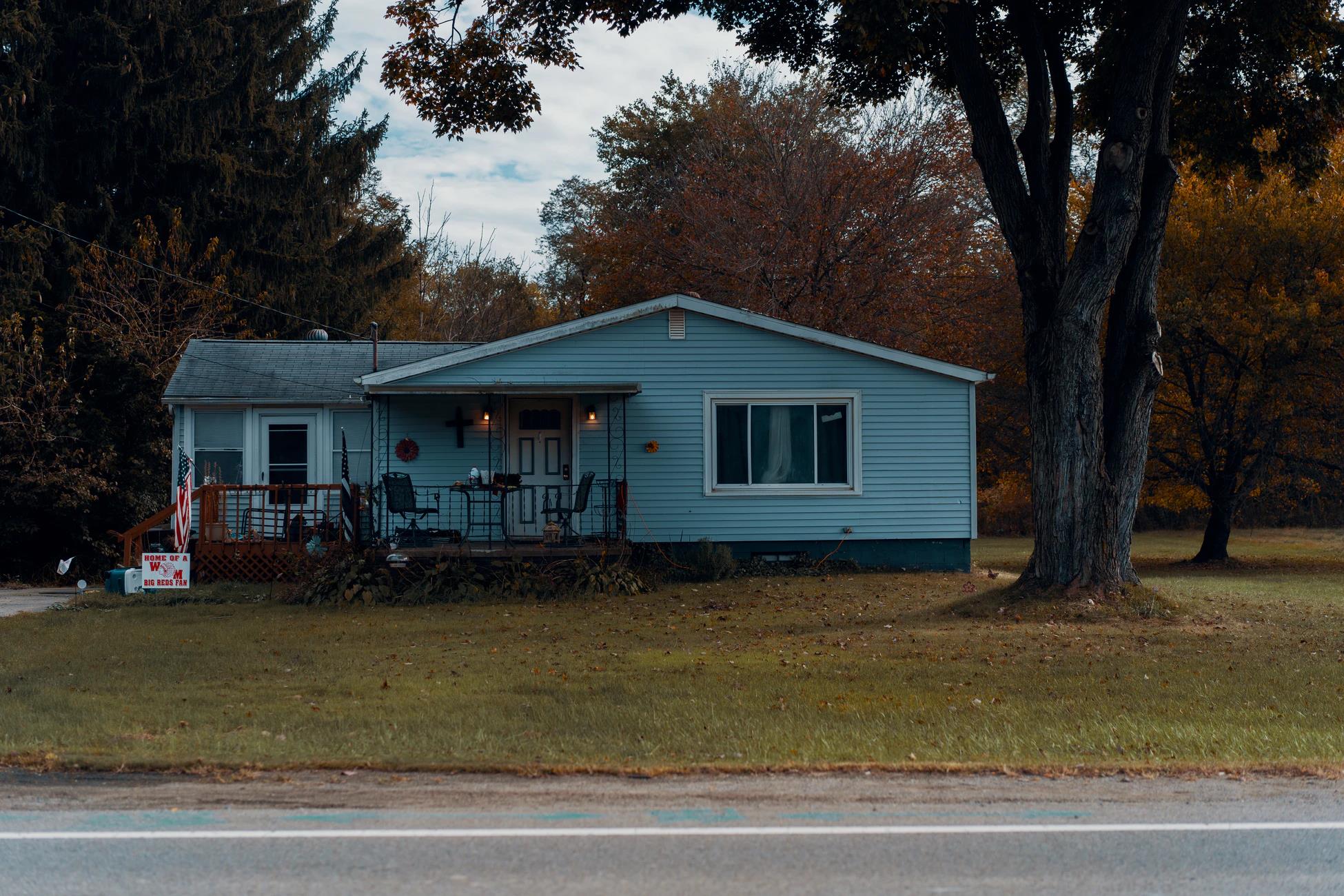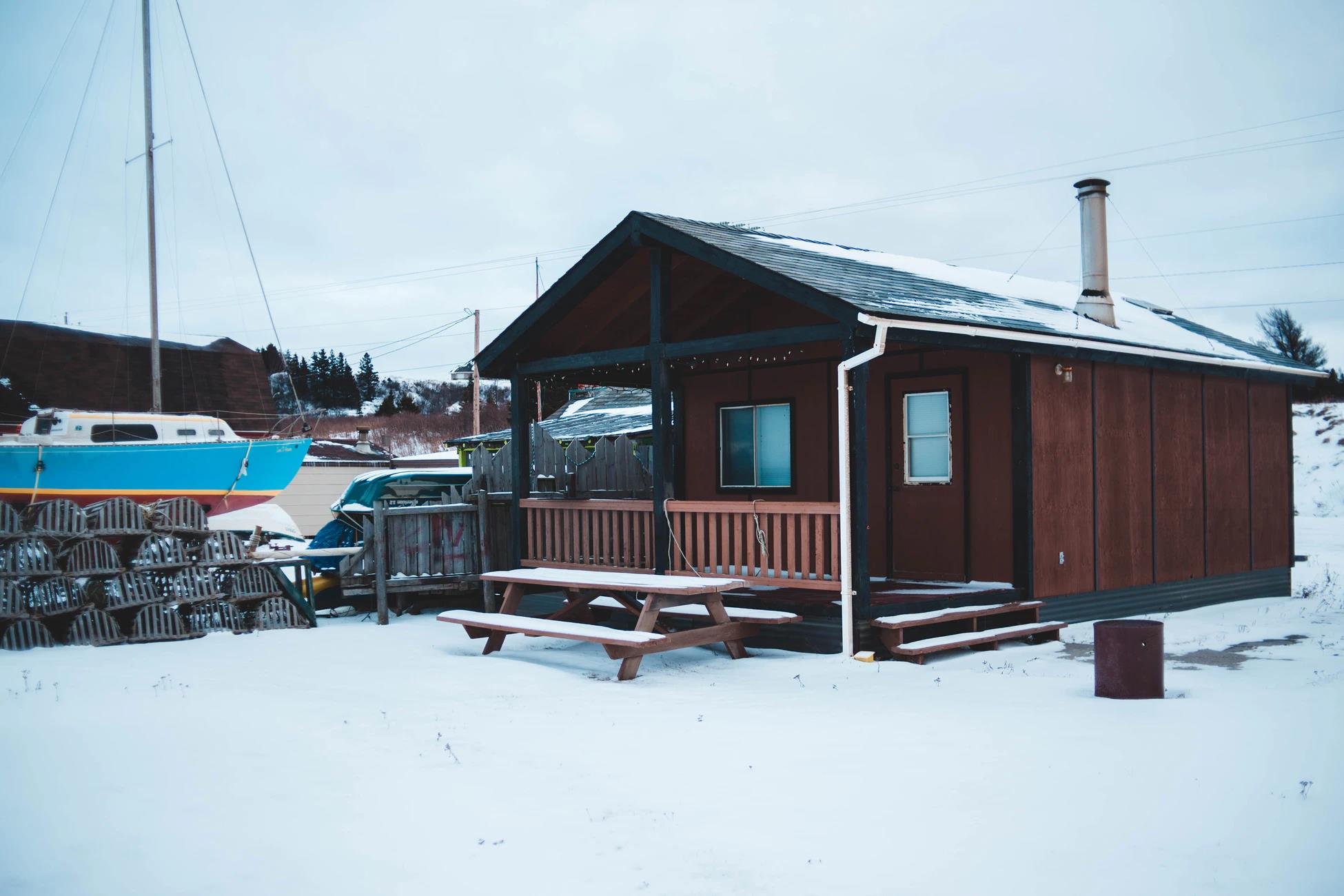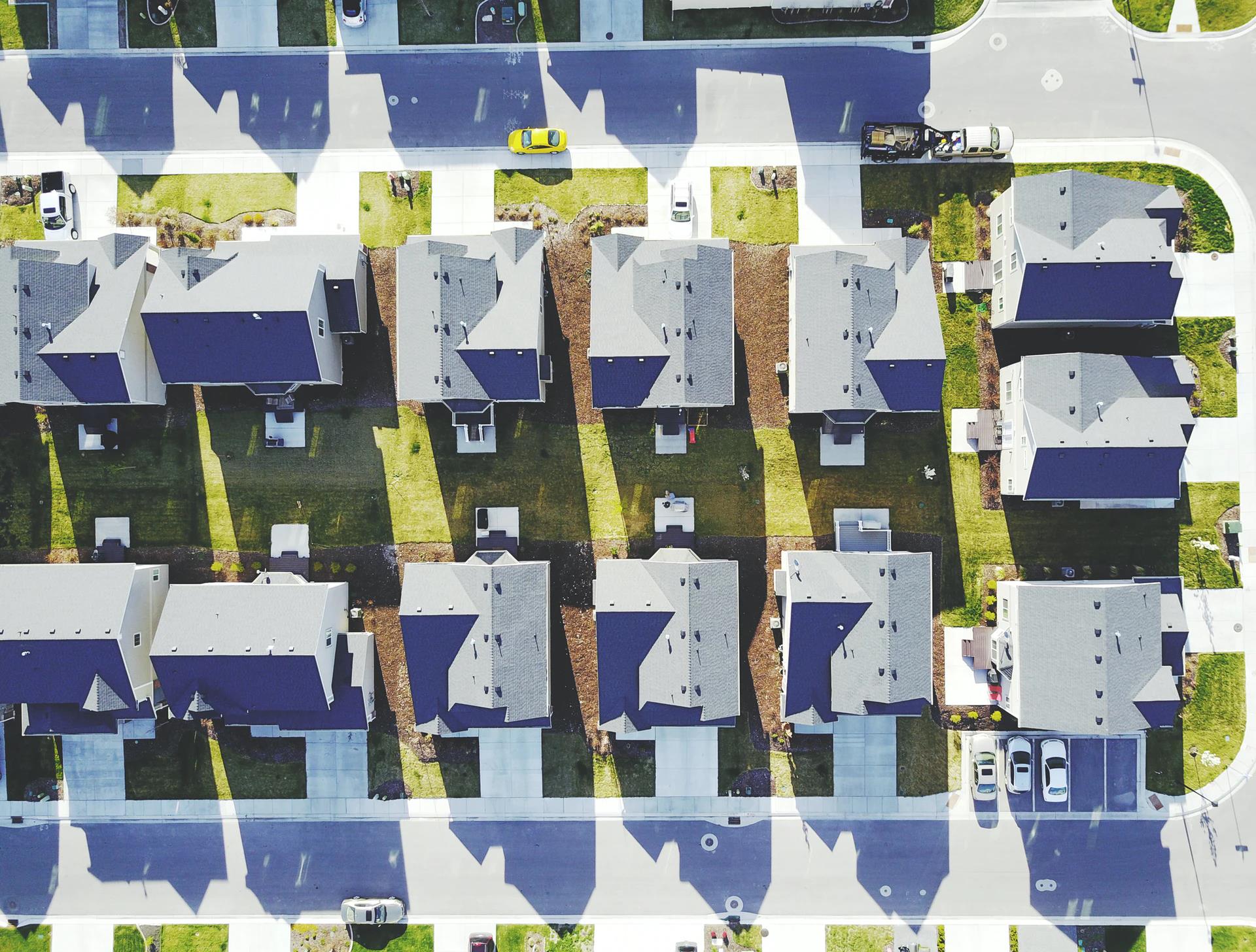Must-Know Tips About Mobile Homes
In the US, about 5.6% of the population live in mobile homes. Though this statistic doesn’t sound like much, given America’s population of around 328.2 million, this means that slightly over 18 million people stay in mobile homes.This could be a good opportunity for you to sell your mobile home fast. As such, it may come as a surprise to many that there are very few resources available about mobile home living. Most magazines, television programs, and online resources cater to those living in site-built homes. As such, we decided to compile some of the most important tips you need to know about mobile home living. Whether you’re a newbie or veteran mobile homeowner, you’ll definitely be able to pick up some useful information from this article. So if you’re interested in mobile homes, keep reading to find out more!
Installation and Setup
- Proper installation and setup up for a mobile home is key to starting your mobile home living off on the right foot. More than ¾ of buyer complaints are due to the poor installation of factory-built homes. As such, ensuring that your mobile home is properly installed is the first thing you should do as a mobile homeowner.
- Having a 12 to 16cm slope around the first three meters of your mobile home is best for water drainage. This also prevents water from ponding around your mobile home.
Underbelly and Skirting
- Apart from installing your mobile home correctly, one of the first few things you should check is the underbelly of your mobile home. Look out for any tears or holes that might be signs of shoddy construction. However, if you do spot any damage to the underbelly of your mobile home, don’t fret! These rips can be easily repaired.
- Ensure that vents are installed within one to one and a half meters of the corners of your mobile home skirting. Vents are especially important for air circulation within your mobile home as they prevent dead air space and mold growth.
- Open the vents of your mobile home during the warmer months but keep them closed during the colder months.

Doors, Windows, Siding
- Consider upgrading the doors of your mobile home. Not only do they spruce up the look of your mobile home but they also increase its equity.
- The windows of your mobile home can be replaced with site-built home ones though they might need some modification.
- If you’re a mobile homeowner and are thinking of upgrading your home’s look, consider repainting the metal siding of the door.
Roofing
- Remember to carry out regular maintenance checks and repairs if your mobile home comes with a flat metal roof. Look out for dried out sealant and caulks that might need to be redone to prevent leaks. Furthermore, metal roofs should be recoated once every two years.
- Eaves help to ensure that water doesn’t splash against doors windows and doors. When choosing a mobile home or re-roofing, ensure that the eaves are at least 20cm or longer.
- If your mobile home doesn’t have eaves, make sure it has J-channel to funnel water away.
Walls, Floors, and Ceilings
- Mobile homes typically come with POG (paper on gypsum) or VOG (vinyl on gypsum) walls that are paintable.
- The walls of mobile homes are removable. However, ensure that they aren’t bearing walls before you attempt to move them.
- If you need to whiten your ceilings, try using 3% hydrogen peroxide. Chalk and shoe polish are good alternatives.
- MDF (medium-density flooring) absorbs water easily. If your new mobile home comes with a mdf board, consider replacing the subflooring with plywood or OSB (oriented strand board) flooring.
Mobile Home Plumbing
- Make sure that all water supply lines like taps, sinks, and dishwashers, have a shutoff valve.
- As mobile homes come with simplified pipes and plumbing design, ventilation problems are a common issue that mobile homeowners face.
- Bathtubs in mobile homes are infamous for yellowing. If this is an issue for you, consider having them repainted.

Insulation and Energy Efficiency
- Periodically check the sealant, caulking, and, flashing of your doors, roof, and windows.
- If you own an old mobile home, try using the drill and plug to better insulate your house. This process blows insulation into the ceiling cavity and can help with heating.
- Check that your furnace is approved for mobile homes.
Buying a Mobile or Manufactured Home
- Never purchase a mobile home from someone who doesn’t have a legal title.
- Most states don’t recognize ownership of a mobile home until the legal title has been transferred to your name. As such, it’s of utmost importance that you register your name under your mobile home the minute you purchase it.
- Getting your mobile home appraised by NADA (National Appraisal Guides) is another thing you should do after purchasing your mobile home.
- If you’re thinking of purchasing a second-hand mobile home, always get it inspected by a licensed inspector.
- Buyers who are thinking of purchasing a mobile home are eligible to apply for FHA loans.
- Mobile home dealers earn a reported $11,000 for every house sold.
- You may end up paying through your nose if you include insurance, warranties, or taxes to a dealer-financed loan. Hence, the smarter option is to get an additional private bank loan if you need extra funding.
- Always buy mobile home insurance from an authorized insurance agent. Insurance rates given by mobile home dealers are often marked up.
- Do not throw out the data plate and manual of your mobile home. These documents are important as they include certificates and figures required to get equity loans or if you choose to sell your house.
- Around ⅘ of all mobile homes are built by 10 building companies. When comparing prices and choosing to purchase from either of these companies, ensure that they aren’t under the same parent company.
Conclusion
Now that you’ve read through these tips, hopefully, you’re better equipped to purchase your first mobile home. For those who haven’t lived in a mobile home before, this article will definitely expose you to new things you never had to consider when living in a site-built house. If you’re already a mobile homeowner, we hope that this article has given you a better insight into how you can maintain your mobile home.

